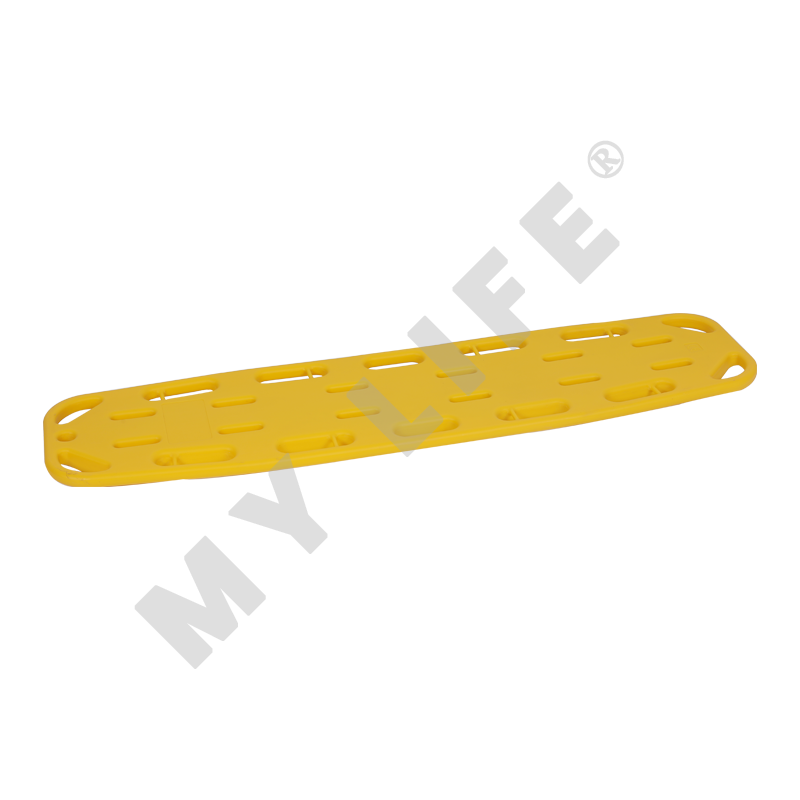An Essential Tool for Immobilizing Spinal Injuries
In emergency medical situations involving potential spinal injuries, proper immobilization is critical to prevent further damage and promote patient safety. One vital tool that medical professionals rely on is the spine board, also known as a long spine board or backboard. This article explores the purpose, features, and usage of spine boards, highlighting their significant role in managing spinal injuries and ensuring the well-being of patients.


Understanding Spinal Injuries:
Spinal injuries can occur due to various reasons, including traumatic accidents, falls, sports injuries, or medical conditions. The spine, a delicate and vital part of the human body, consists of vertebrae, nerves, and soft tissues, all of which must be protected from further harm when a potential spinal injury is suspected. Immediate immobilization is crucial to prevent the exacerbation of spinal damage, which could lead to paralysis, loss of sensation, or even fatality.
The Purpose of Spine Boards:
Spine boards are specially designed devices that provide a rigid and stable platform for immobilizing individuals with suspected spinal injuries. They are typically made of lightweight, durable materials such as plastic, wood, or carbon fiber, allowing for easy transportation and maneuverability. The main purpose of a spine board is to ensure the spine remains in a neutral position, minimizing movement and preventing potential damage during transportation.
Key Features and Design:
Spine boards come in various sizes and designs, but they generally share some common features. Most boards are long, typically around six feet in length, allowing for complete spinal alignment. They feature a flat surface with a contoured shape that conforms to the body's natural curves, providing comfort and stability. The surface is often equipped with slots or openings to facilitate the attachment of straps or immobilization devices. Additionally, the boards may have side handles for easy lifting and transportation, as well as head immobilization attachments for added security.
Proper Usage and Techniques:
When managing a potential spinal injury, medical professionals follow specific protocols to ensure the safe and effective use of spine boards. First and foremost, rescuers should conduct a thorough assessment of the patient's condition and exercise caution to prevent any additional movement that could worsen the injury. The board is then carefully positioned alongside the patient, and a team of rescuers work together to log-roll the patient onto the board while maintaining spinal alignment. Straps or harnesses are then used to secure the patient to the board, ensuring immobilization throughout the transportation process.
Considerations and Limitations:
While spine boards are valuable tools in managing spinal injuries, they do have certain limitations. Prolonged immobilization on a spine board can lead to discomfort, pressure sores, or respiratory compromise. Therefore, it is essential to minimize the time spent on the board whenever possible, ensuring timely evaluation and appropriate medical interventions. Moreover, spine boards may not be suitable for individuals with certain pre-existing medical conditions or injuries that require alternative immobilization techniques.
In emergency medical situations involving suspected spinal injuries, the spine board plays a crucial role in providing immediate immobilization and ensuring the well-being of patients. By maintaining spinal alignment and preventing further movement, this essential tool allows for safe transportation to medical facilities, minimizing the risk of exacerbating spinal damage. While spine boards have limitations, their proper usage and timely transition to alternative techniques contribute to effective patient care and improved outcomes in managing spinal injuries.

 英语
英语 中文简体
中文简体






